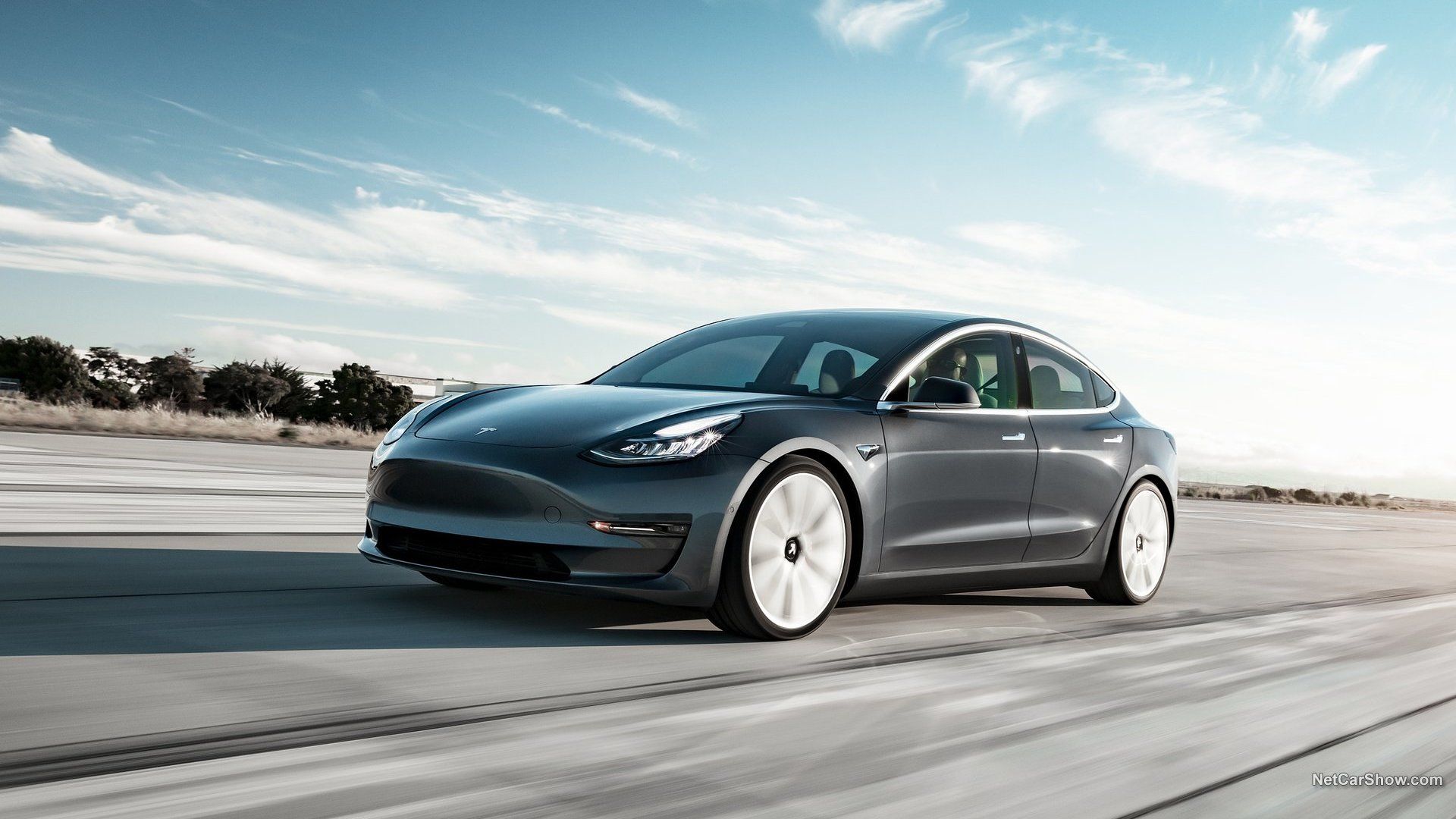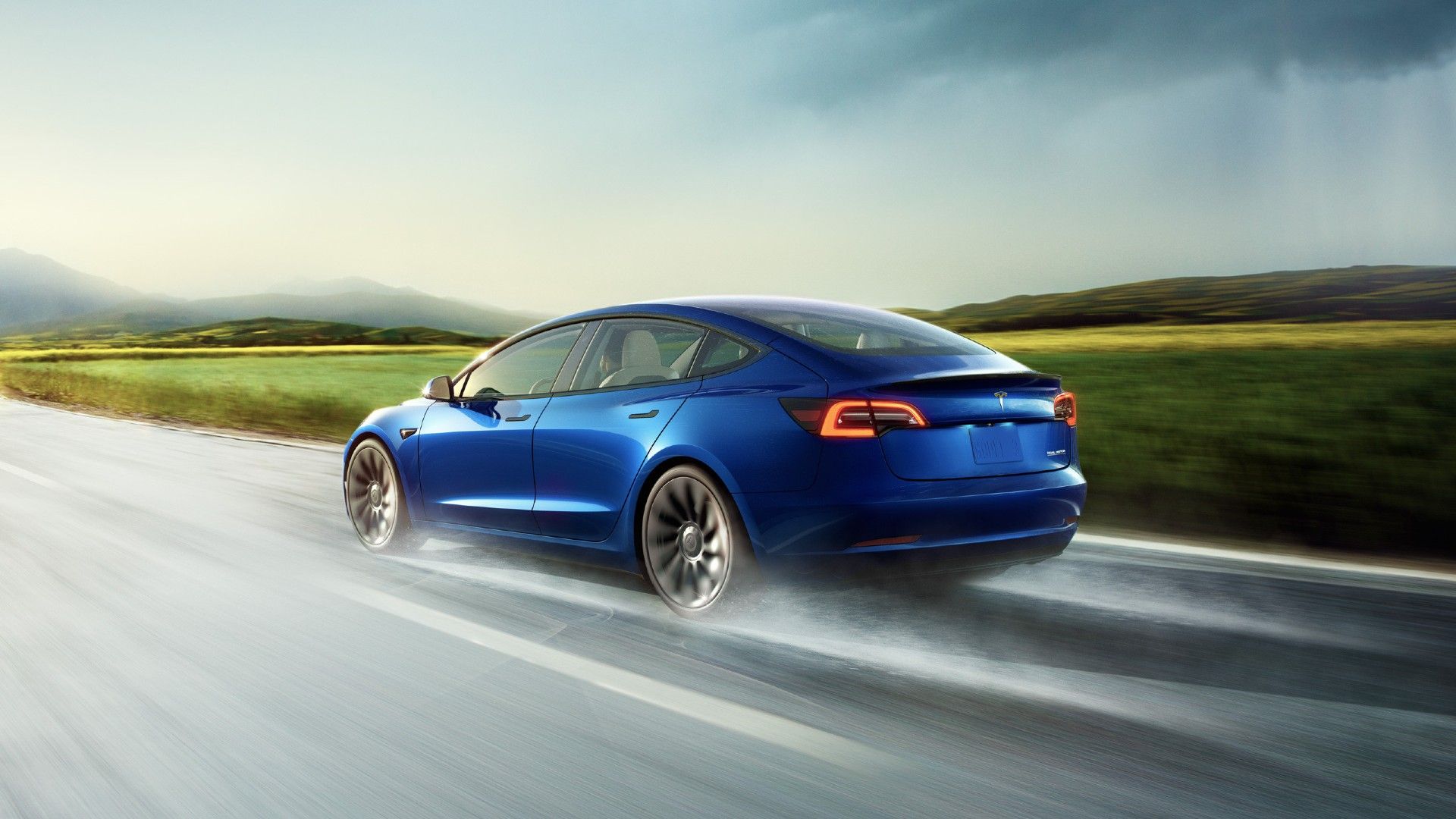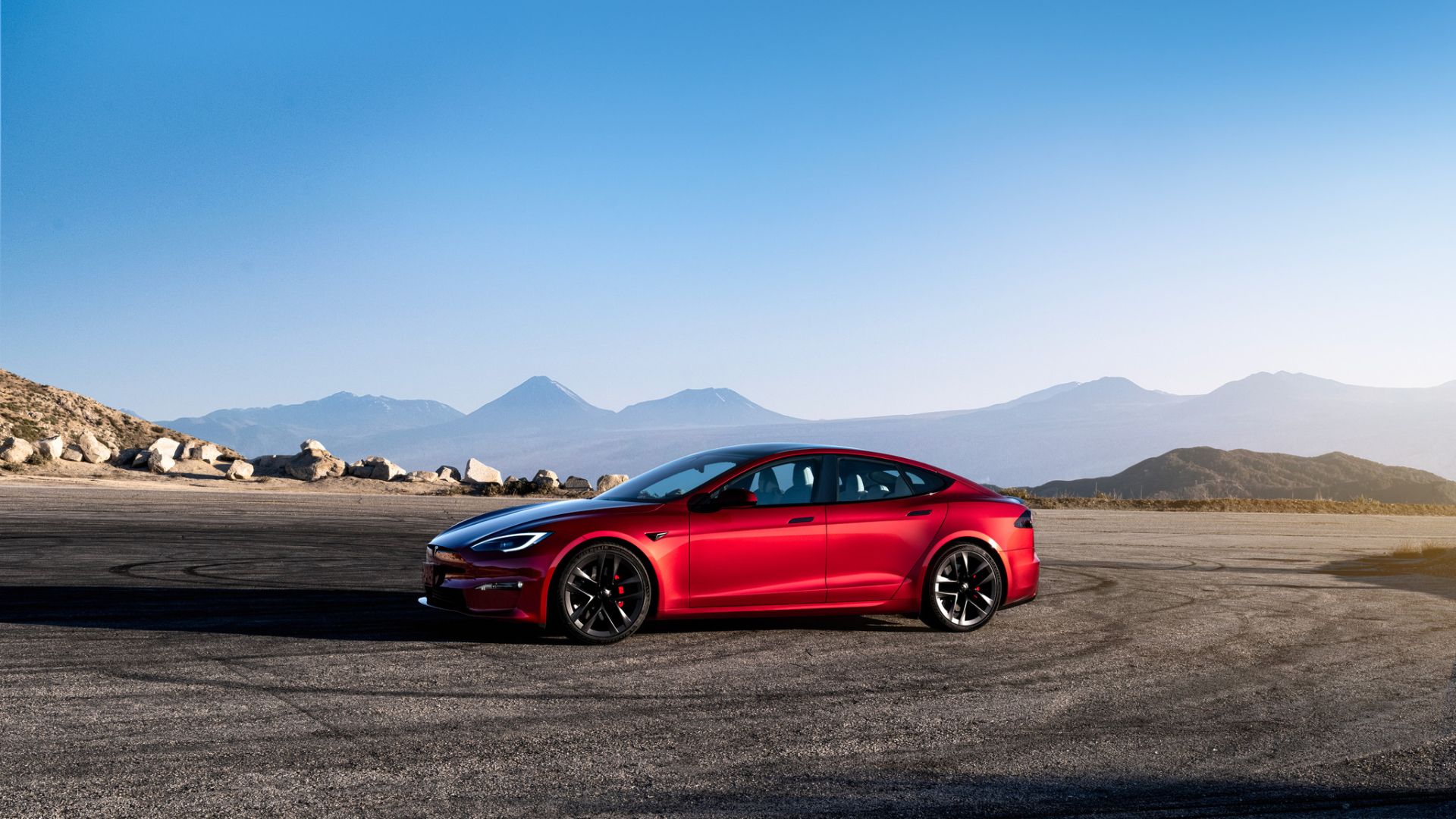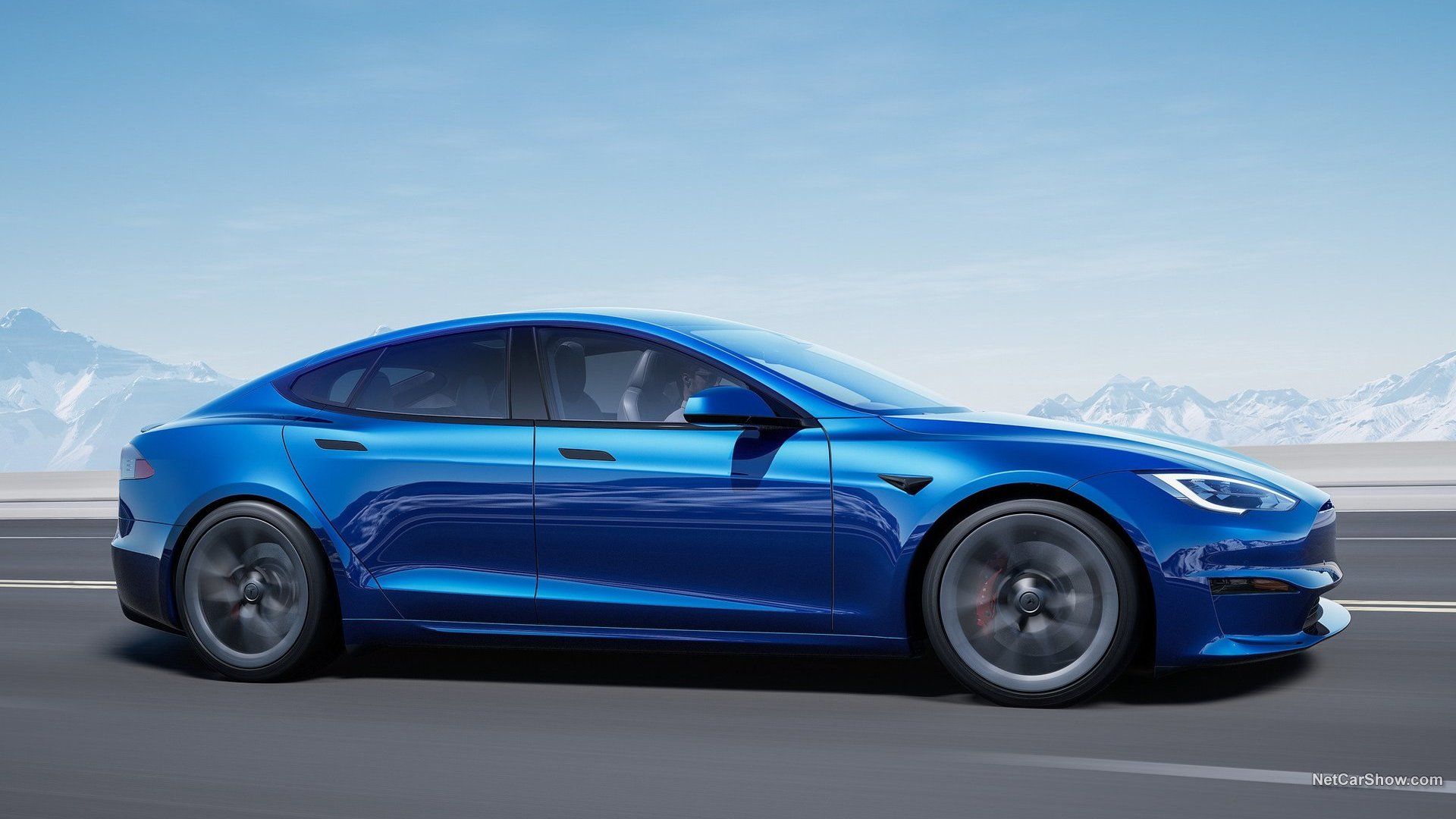In 2017, Tesla unveiled the Model 3, and they have been making headlines ever since. From its eccentric CEO Elon Musk to the mind-boggling performance of the cars themselves, Tesla is the center of attention in the EV conversation worldwide. In March 2020, Tesla unveiled the “track mode V2” and it was a serious upgrade. The 2018 V1 has been widely regarded as a useless waste of coding, and it seems as though Tesla had something to prove with this latest update. If you're not careful, this could spell trouble.
What Is The Track Mode?
Track mode in Tesla is as easy as pushing a button, or several buttons depending on how technical you’d like to get. Highly customizable, this mode is designed to modify the stability and traction control, regenerative braking, and cooling systems to increase performance and handling while driving on closed-circuit courses. The interface is very user-friendly with slide bars that allow you to adjust at five-percent increments, so you can get your car just right for track day. Track Mode improves cornering ability by creating a bias between the front or rear motors, and braking systems. When enabled, the cooling system runs at an increased level during aggressive driving sessions to allow your vehicle’s systems to withstand the surplus heat. Track Mode has also been given more widgets to make it easier to monitor the status of your car, create custom track mode profiles and record your track day data.
Is Track Mode Illegal?
Technically not. Time for Tesla’s dangerous driving disclosure! Tesla's Track Mode is not illegal. However, it is important to note that using Track Mode, or any other high-performance driving mode or feature, on public roads is illegal and dangerous. Track Mode is specifically designed for use on closed racetracks or other controlled environments where it is safe and legal to drive at high speeds and push the limits of the vehicle's performance capabilities. Great, now that we have that out of the way. The internet is littered with car enthusiasts using track mode at abandoned airfields, parking lots, and car meets throughout the world. But just as we all had to deal with overzealous police officers hungry to give window tint tickets in the early 2000s, the Track mode will get you into serious trouble if you are caught on public roads, parking lots, or drifting through a school zone.
The Track Mode Will Take Your Tesla To The Next Level!
The customization in track mode V2 really is something special. The regenerative braking system is optimized to provide more aggressive braking, and as a consequence, charging when on the track. The suspension system lowers and hardens to provide better handling and grip. The wheel camber is also adjusted negatively to help with cornering. The powertrain is adjusted to provide more aggressive engine mapping, for better throttle response and increased power output. It also gives you a slide bar to choose either front-wheel drive or rear-wheel drive. Although it should be noted that it does not completely disengage the front when the slide bar is at 100-percent RWD. A better description would be a bias toward the front or rear at different severities. The vehicle's cooling system is optimized to help dissipate heat more efficiently during high-performance driving. It also keeps the fans running after a lap to keep the batteries at optimum temperature. The display shows a lap timer that allows the driver to keep track of their lap times and compare them to previous laps. Simply set a starting point and then drive the circuit. As soon as you arrive back at start, the lap timer will reset and start a new lap.
The Effects Of Excess Track Mode Use
The obvious effect of keeping your Tesla in Track Mode are decreased battery life. Estimated times are around 25-percent for a 15-minute track session. This is of course an anecdotal sampling taken from various Tesla owners that have taken their cars to the “track” and recorded their results. Tesla’s official line is that battery life can be impacted by several factors such as the speed and intensity of driving, ambient temperature, and the size and layout of the track. That being said, we have a pretty accurate range given how widely the vehicle has been tested in the real world. Typically, you get about an hour of track time out of your Model 3 or Model S before you have to sit on the sidelines and recharge.
Track mode V2, available in the Model 3 Performance, and the Model S Plaid, is one of the coolest pieces of technology to come out in the EV world’s production cars so far. It’s hard to give credit to the accomplishments of the Big Three, when Tesla is so clearly very far ahead in terms of what the customer wants. Yes, they’re all good for the environment, but what the world is waiting for is something that evokes an emotional response. Something that makes you want/need to drive the vehicle. Tesla has got that in track mode. What will the response be, if any, from Chevy, Ford, and Dodge?





